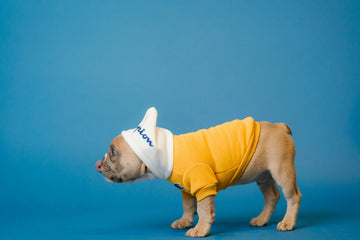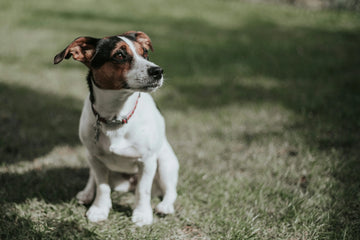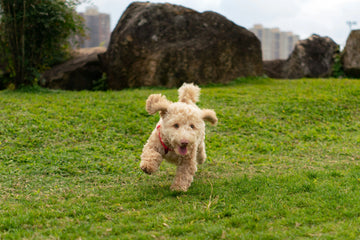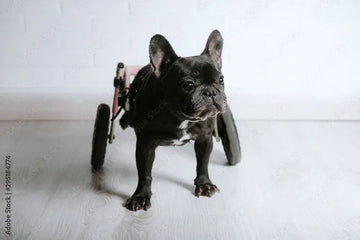When a dog undergoes surgery or sustains an injury, ensuring a smooth recovery is crucial. One highly effective tool for post-operative care is the use of a recovery suit for dogs. This guide explains why a recovery suit for dogs is essential, its benefits over traditional methods, and how to choose and use it properly.

I. Importance of Post-Surgical Care for Dogs
Proper post-surgical care helps prevent complications and supports faster healing. Key aspects include:
-Keeping the environment clean and dry to minimize infection risks.
-Inspecting the incision site regularly for redness, swelling, or unusual discharge.
-Restricting physical activity to avoid stress on healing tissues.
-Preventing licking and chewing which can delay healing and introduce infections.

II. Why Use a Recovery Suit for Dogs
A recovery suit for dogs offers a comfortable, effective alternative to the traditional Elizabethan collar (E-collar).

Key advantages include:
-Freedom of movement: Dogs can walk, eat, and sleep comfortably while wearing a recovery suit for dogs.
-Better wound protection: The suit covers the surgical area completely, preventing licking and scratching.
-Reduced anxiety: A snug, gentle fit helps calm the dog during recovery.

III. Choosing the Right Recovery Suit for Your Dog
Selecting the correct recovery suit for dogs depends on the wound location, surgery type, body size, and activity level. Pawsbetter offers several tailored solutions:
-Standard recovery suits: Suitable for abdominal surgeries, spaying, or neutering, offering lightweight, breathable protection.
-Front-leg and hind-leg coverage suits: Designed for surgeries or injuries on limbs, providing targeted protection without restricting movement.
-Sleeveless recovery suits: Ideal for warmer climates where airflow is important, while still guarding the wound site.

-Anti-lick sleeves: Perfect for localized injuries; these sleeves prevent dogs from licking surgical areas on the legs while maintaining full mobility.
-Four Legs Coverage Dog Recovery Suit: Suitable for more extensive injuries or orthopedic surgeries requiring broader coverage.
Before purchasing, accurately measure your dog’s body length, back height, hip width, and weight to ensure a secure and comfortable fit. Choosing a properly fitting recovery suit for dogs maximizes comfort and protection duri![]() ng the healing process.
ng the healing process.

IV. Best Practices for Using a Dog Recovery Suit
To ensure optimal healing with a recovery suit for dogs:
-Inspect the wound daily by gently lifting the suit.
-Wash the recovery suit regularly according to care instructions to maintain hygiene.
-Monitor your dog's comfort and adjust the fit if you notice restlessness, scratching, or attempts to remove the suit.

FAQ
Q1: Can my dog wear the recovery suit all day and night? A: Yes. A well-fitted recovery suit for dogs is designed for continuous wear, but it’s important to remove it daily to inspect the wound and clean the suit.
Q2: What if my dog seems uncomfortable? A: Check the fit. Discomfort can result from the suit being too tight, too loose, or causing skin irritation. A properly sized recovery suit for dogs helps prevent these issues.
Q3: Are recovery suits suitable for all surgeries? A: Most surgeries benefit from using recovery clothing for dogs, but you should always consult your veterinarian for specific advice based on your dog’s procedure and whether a recovery suit for dogs is appropriate.

Using a recovery suit for dogs provides an effective, humane solution for post-operative care. Whether protecting surgical sites, reducing infection risks, or helping ease anxiety, the right recovery suit for dogs makes recovery smoother and safer.
Choosing the appropriate post-surgery recovery suit for dogs, ensuring correct usage, and maintaining a clean recovery environment are crucial steps toward a successful recovery. Always work closely with your veterinarian to develop the best care plan for your pet.
All information provided is for informational purposes only and is not a substitute for professional veterinary consultation.





